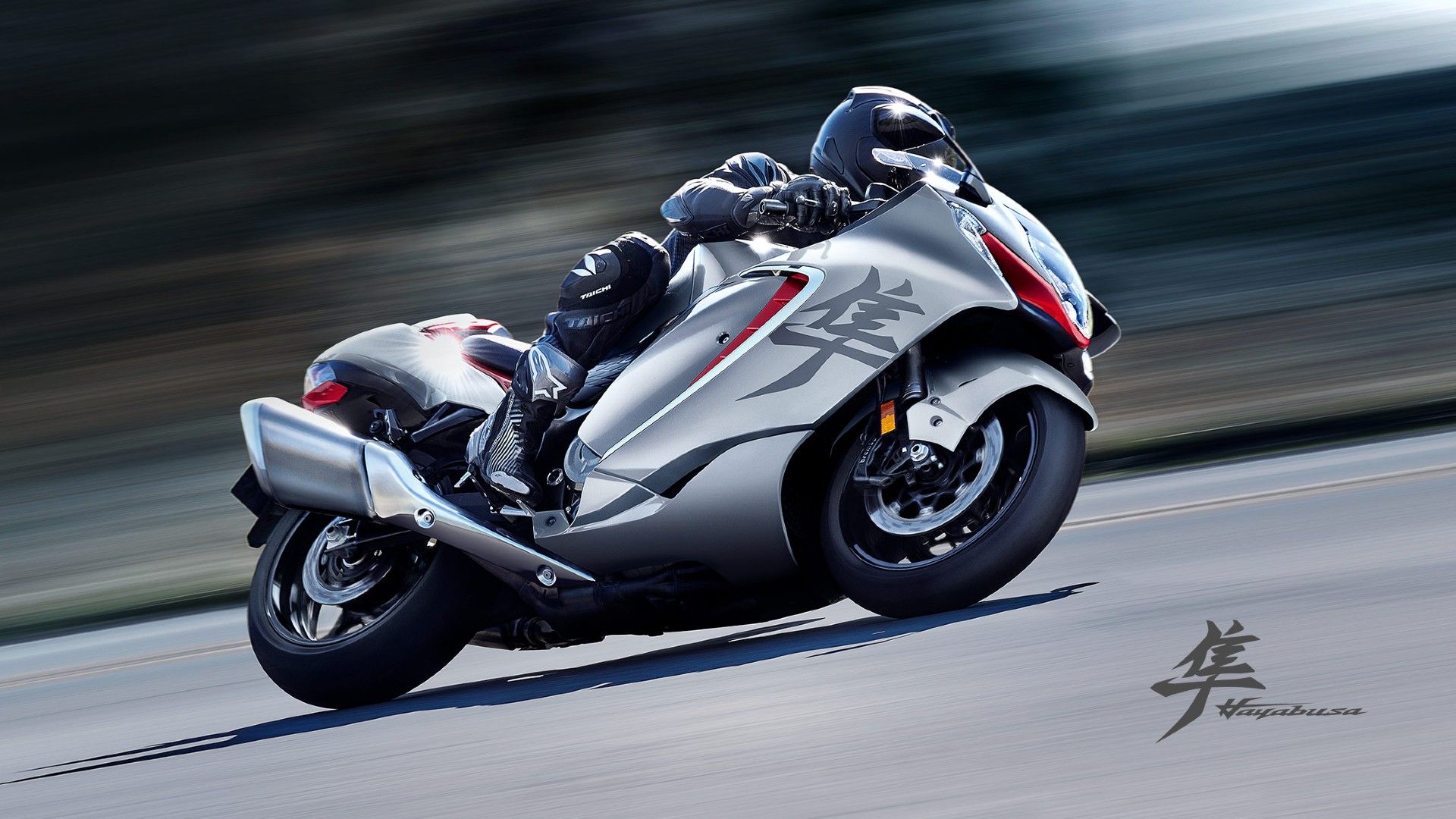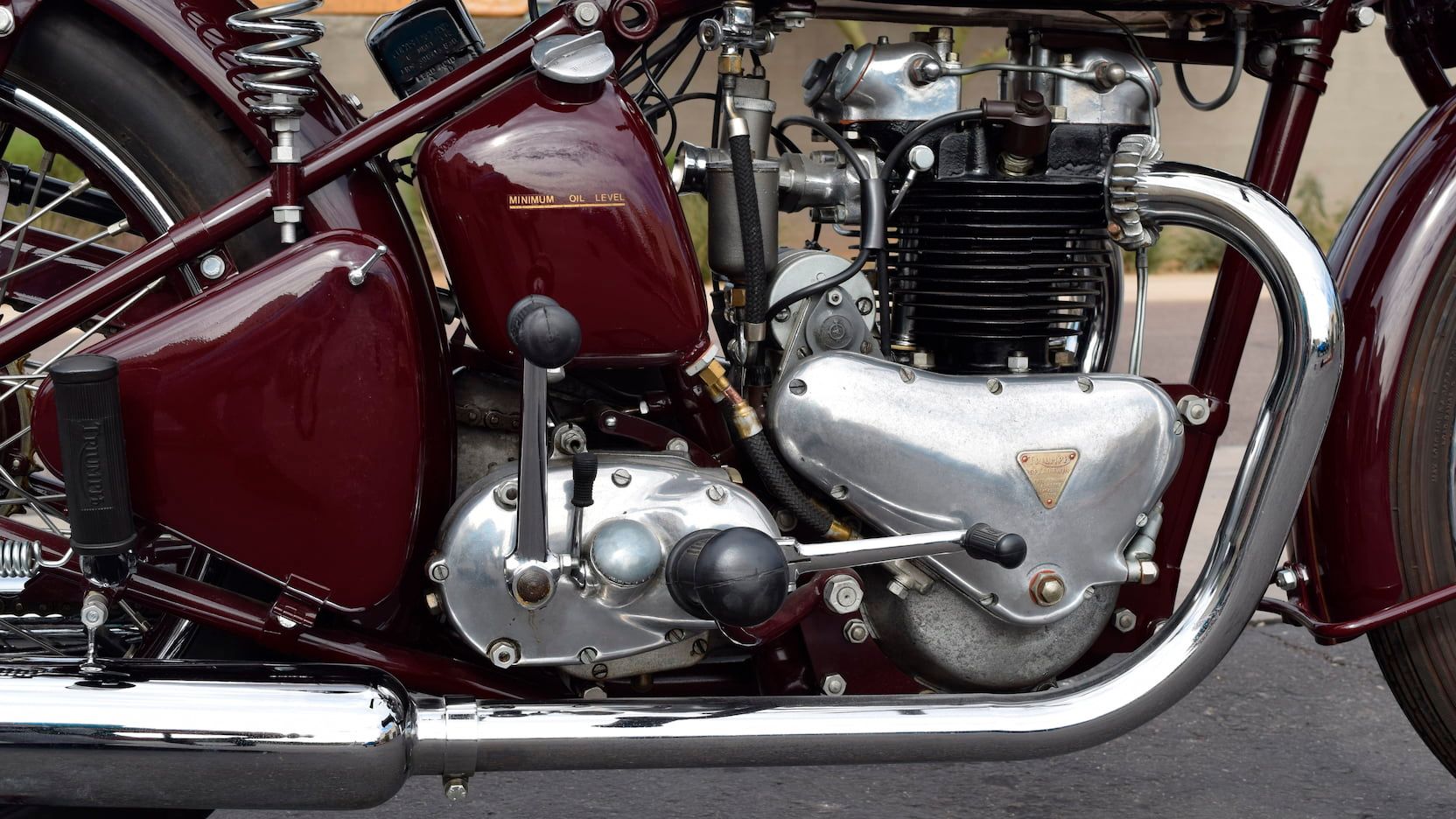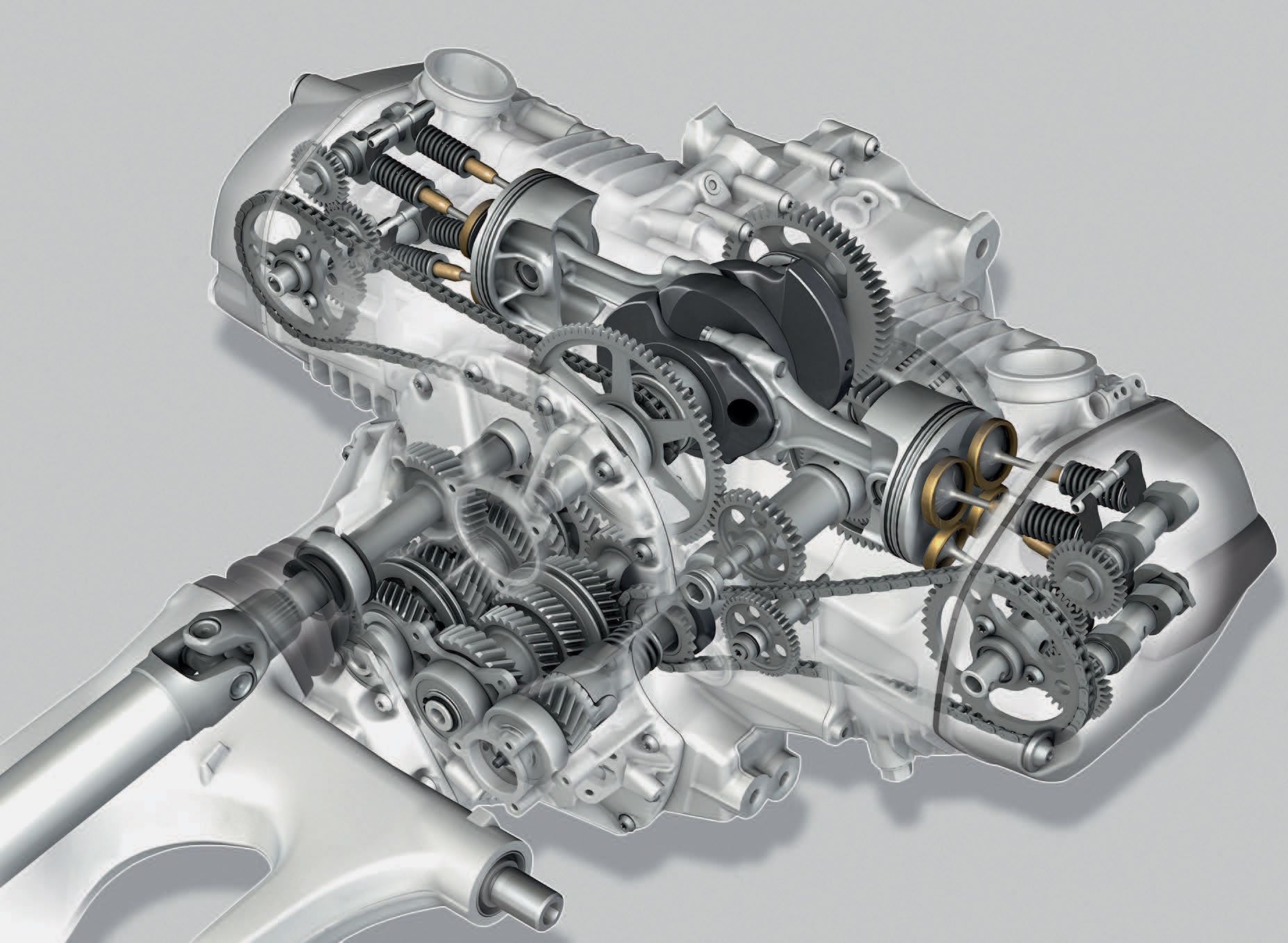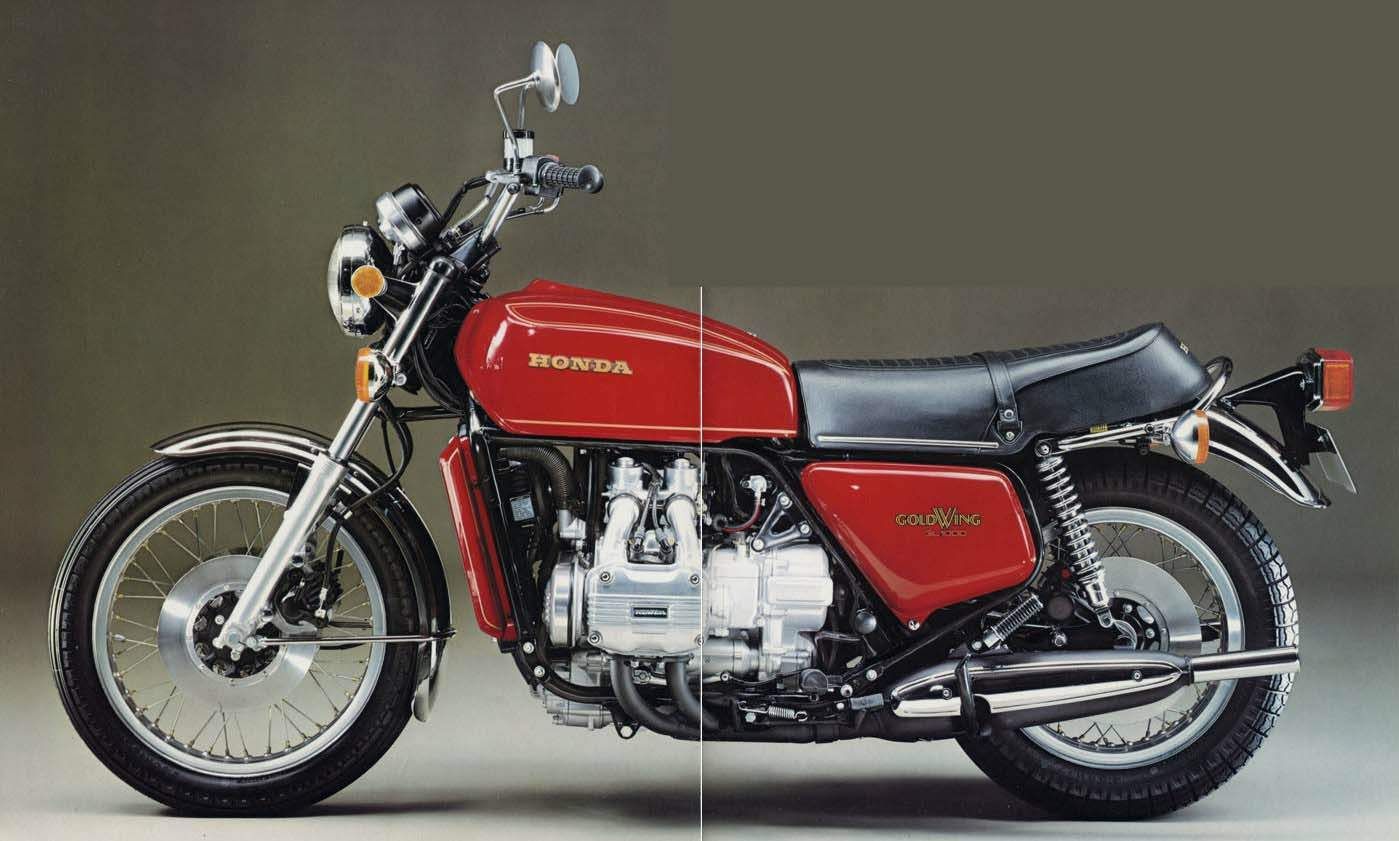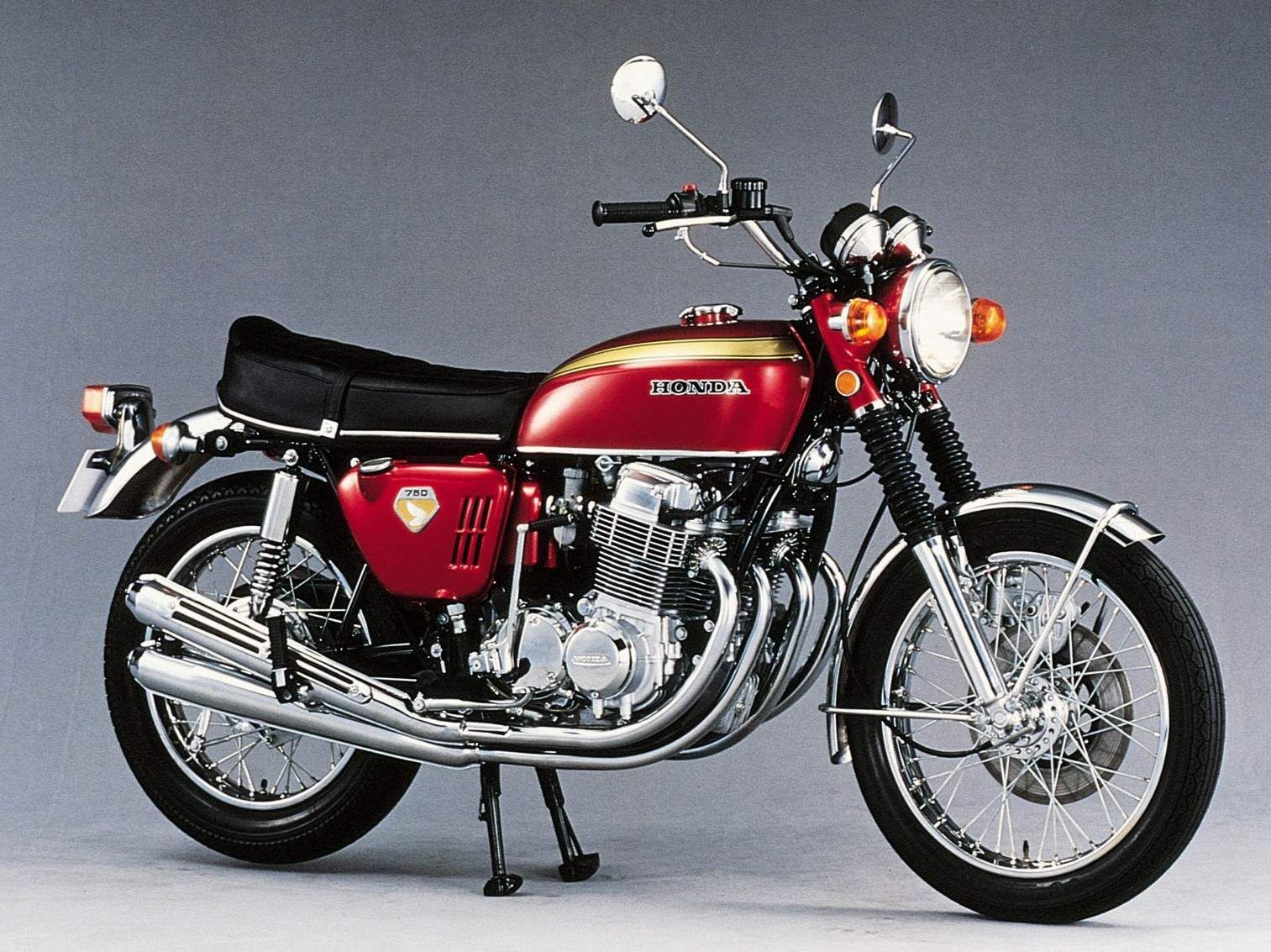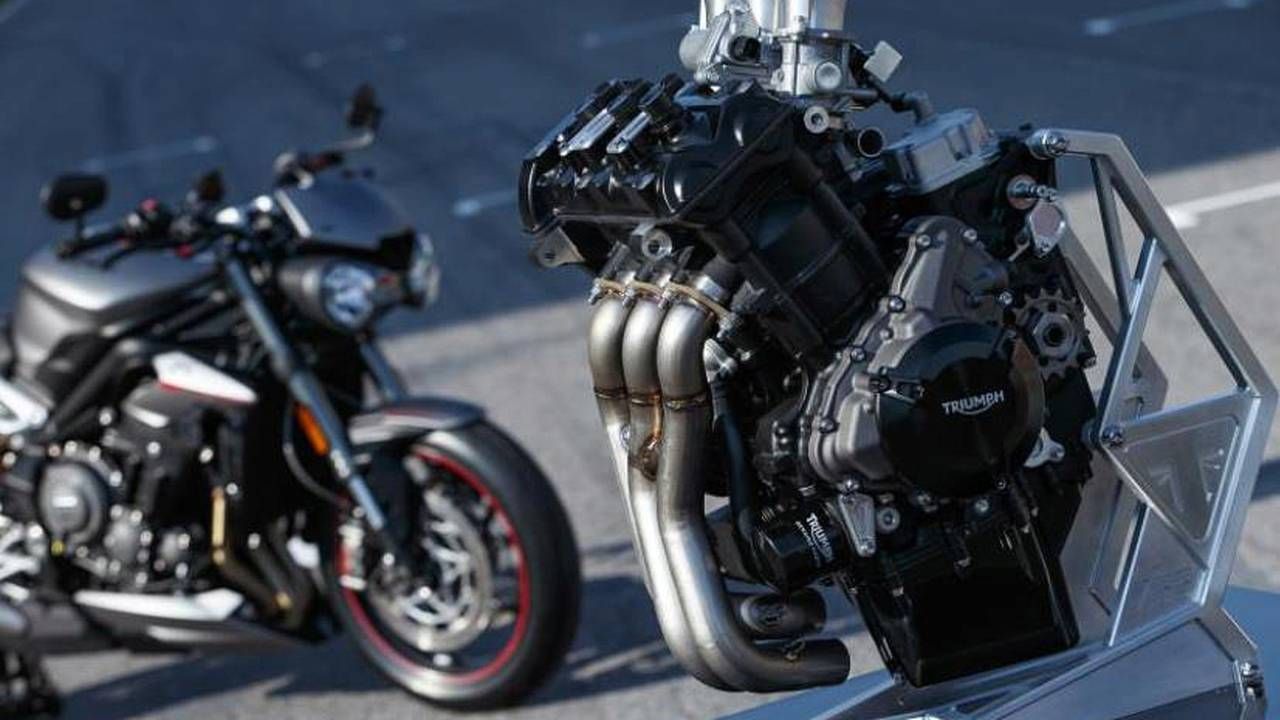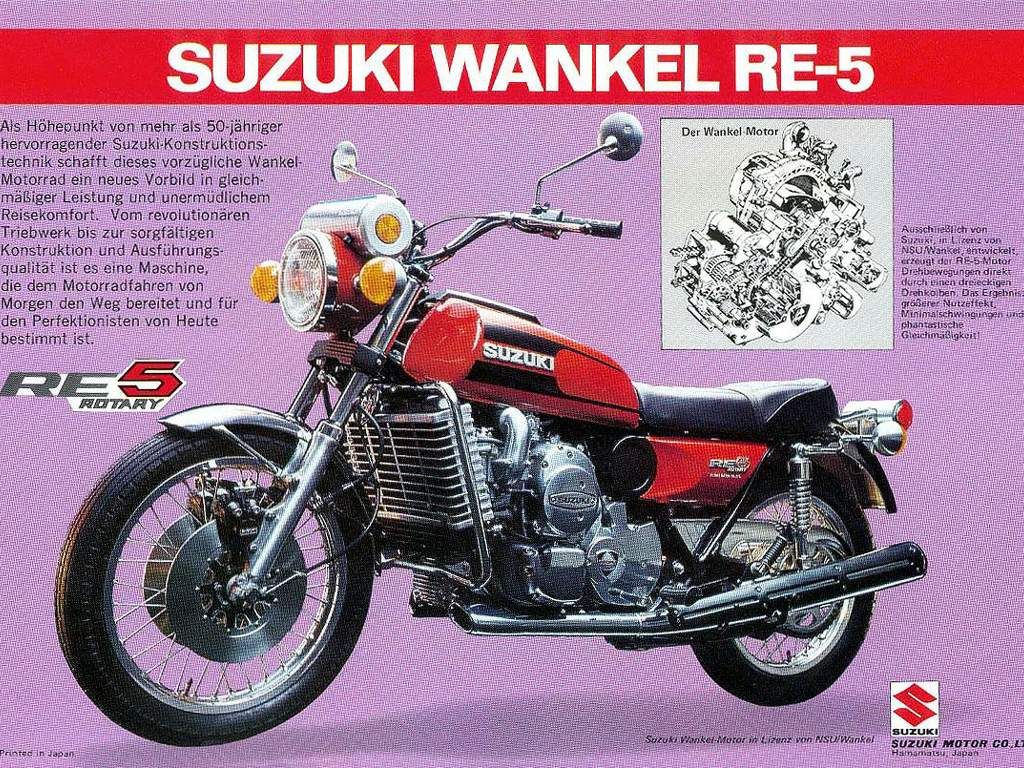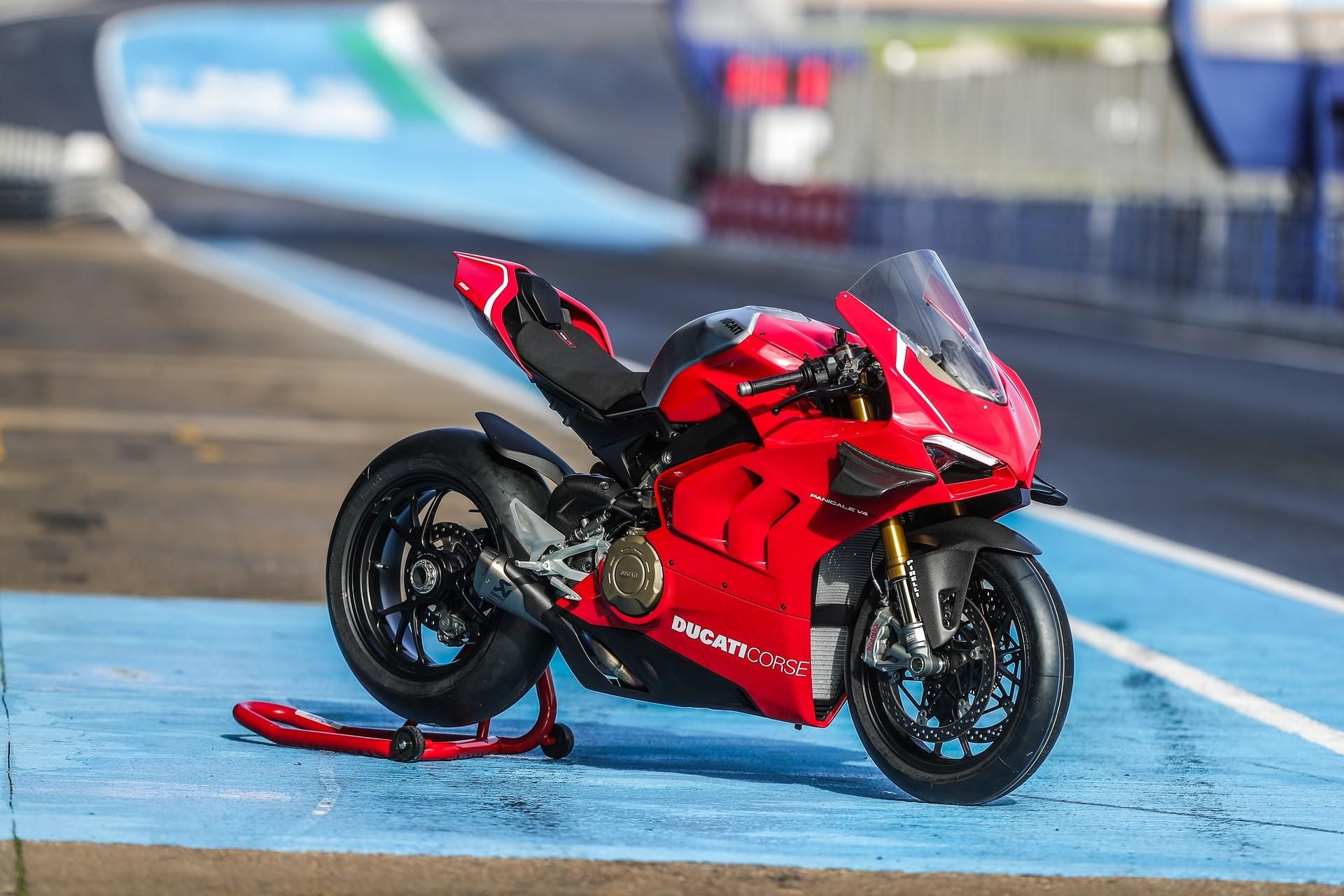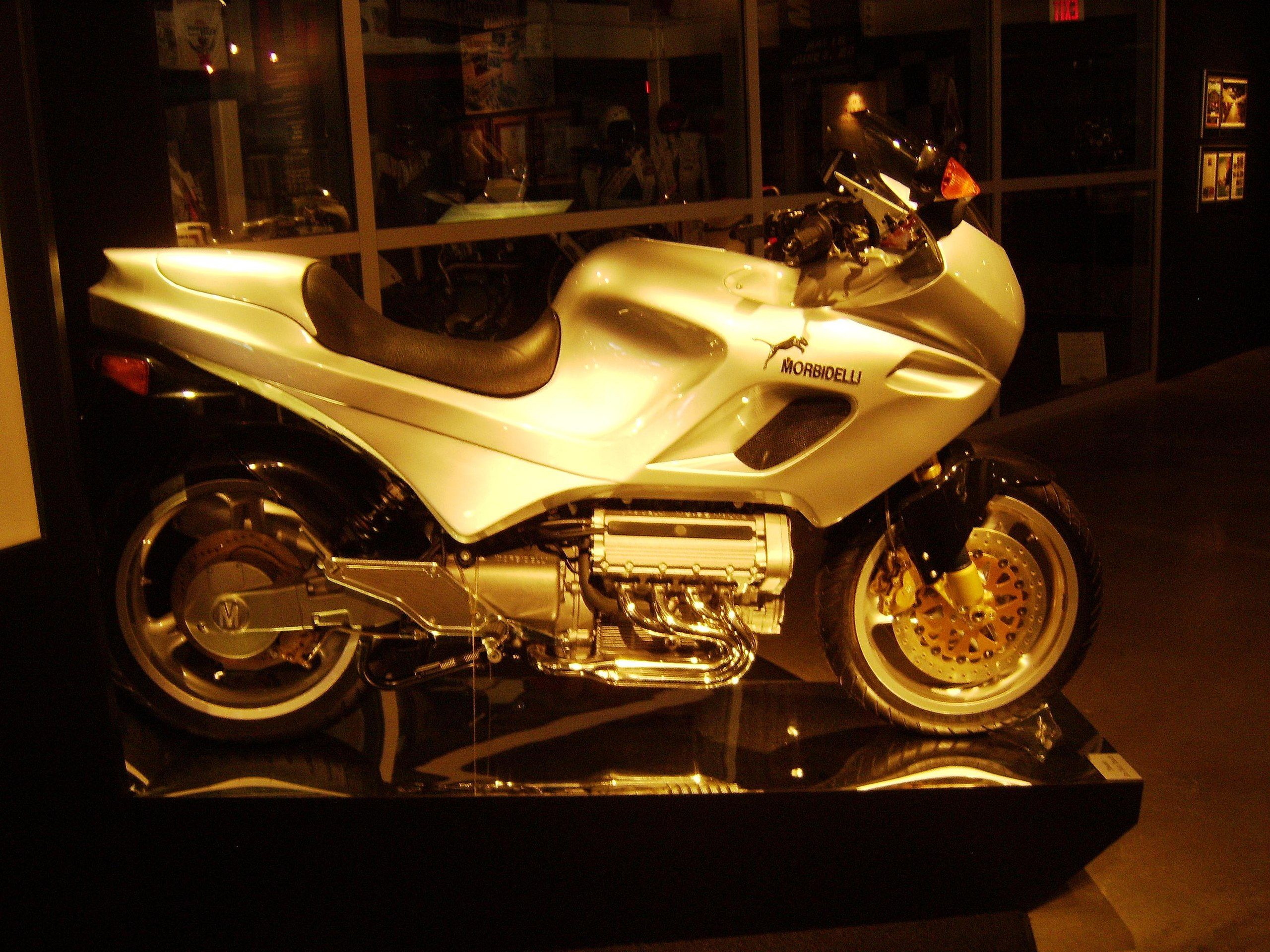The engine is the heart of any motorcycle, much more so than in a car. In a motorcycle, the engine is not only the motive force but also a large part of the visual impact of the motorcycle, not to mention often being a structural element as the engine is used as a stressed member. The motorcycle engine has come a long way since the days of rudimentary single-cylinder units producing a few horsepower. Virtually, every configuration of engines has been used to power motorcycles, right up to the modern-day obsession with electric motors. They are a whole other story, however. For this list, we are going to concentrate on the internal combustion engine in all its various forms: a celebration of the power units that have shaped our lives for 120 years and which look set to disappear in the not-too-distant future.
10 Single-Cylinder
The very earliest engines were single-cylinder engines, often with rudimentary valve gear and carburetion. But, demand is the springboard of innovation, and the simple single-cylinder engine quickly developed into the predominant engine configuration of the next 30 years. Singles are cheap to manufacture and simple to maintain, but they also vibrate a lot as there is a large mass moving up and down in the form of the piston and con-rod. Large capacity singles can’t rev very high due to this mass and also the heavy flywheel needed to smooth out the power strokes. The whole of the British motorcycle industry was built on the single-cylinder engine - with a few notable exceptions, of course, such as Brough Superior and Vincent - and, even after the parallel twin became universal, many bread-and-butter motorcycles relied on simple single-cylinder engines. Today, every off-road motorcycle - enduro or MX in all its forms - is powered by a two- or four-stroke single-cylinder engine, not to mention the millions and millions of motorcycles manufactured for the local markets in India and Asia and every scooter that keeps Italy moving!
9 V-Twin
While the European manufacturers dabbled with the V-twin, the configuration is synonymous with the American motorcycle industry. Harley-Davidson launched its first V-Twin engine in 1911 and has never abandoned the type, although Indian beat Harley to it by seven years. The advantages of the V-Twin over the single are better primary balance, helping the engine to run much more smoothly, and, of course, much more power being developed. Disadvantages include increased complexity and production cost, due to there being twice as many parts. The same is true for the V-Twin vs. the parallel twin. Also, a V-Twin is narrower than a parallel twin, giving better aerodynamics.
Another disadvantage of a V-Twin is that the rear cylinder can run very hot due to interrupted airflow past the front cylinder. Ducati solved this by placing the cylinders at 90° to each other on the crankcase, with the front cylinder virtually horizontal, ensuring good airflow to the rear cylinder. However, that also made the engine very long, which affects the chassis and wheelbase dimensions and, therefore, the handling characteristics. In order to capture a slice of the American market, all the Japanese manufacturers have jumped onto the V-Twin bandwagon to power their large and heavy cruisers but, arguably, none have had the impact of the Harley-Davidson or Indian, or any of the other now-defunct American manufacturers’ V-Twins. Ducati, of course, is another exponent of the V-Twin, as is KTM.
8 Parallel-Twin
Contrary to popular belief, Edward Turner’s Triumph parallel twin engine of 1938 wasn’t the first Triumph engine with this configuration. A few years earlier, his predecessor at Triumph, Val Page, had designed a similarly configured engine, but this was much heavier and not nearly so adaptable. Turner’s genius was making a parallel twin engine that looked no larger than a twin-noted single-cylinder design and therefore was familiar to a notoriously conservative motorcycle-buying public. Other benefits of the design were smooth running (at least in the initial 500cc guise) and greater power. It wasn’t long before rival manufacturers, such as Ariel, BSA, Matchless, and Norton jumped onto the parallel twin in order to keep up with Triumph. Right up to the 1970s, the configuration was the most popular and, despite Honda showing the way to the multi-cylinder route in the late 1960s, early Japanese road bikes also favored the parallel twin. The problem was that, as displacement of the parallel twin increased to satisfy the need for ever more power and performance, the vibration problem grew exponentially. If, nowadays, the parallel-twin is undergoing a huge resurgence in popularity in a vast number of Triumphs, KTMs, BMWs, Aprilias, Hondas, Kawasakis, and so on, that is thanks to modern counter-balance shaft technology which damps out the vibrations. That is enabling engine displacements to rise to as much as 1,700cc with no more vibration than the original 1938 500cc Triumph design.
7 Flat-Twin
If this engine configuration is synonymous with BMW motorcycles, the earliest flat twin actually appeared in 1904 and was adopted soon after by Douglas Motorcycles. This, however, was a longitudinally-mounted engine, with the cylinders facing fore and aft. The benefit of the BMW transverse flat twin, or boxer-twin as it was also known, was that both the cylinders were in the air stream for efficient cooling, and it also enabled the use of maintenance-free shaft drive, with the shaft running in the same plane as the crankshaft of the engine.
In a boxer-twin engine, the 180° crankshaft (with the crankpins directly opposite each other) moves the pistons in phase with each other, therefore the forces generated by one piston are canceled out by the other, resulting in excellent primary balance. The evenly spaced firing order also assists in reducing vibration. One downside is that the cylinders can scrape on the ground when cornering, so the engine has to be mounted relatively high in the frame, resulting in a higher-than-normal center of gravity, which is the enemy of good handling. Today, BMW remains faithful to the flat-twin engine, the only major manufacturer to do so. Many times the company has tried to kill off the engine, only to be thwarted by continuing demand from customers. The engine is now fully liquid-cooled, which has helped the engine remain compliant with ever-stricter emissions regulations - both exhaust and noise.
6 Flat-Four and Flat-Six
These configurations are the preserve of Honda and its gargantuan Gold Wing model. As with the flat-twin, the main benefit of this type of engine is the ability to easily employ low-maintenance shaft drive to the rear wheel. With the CB750 model being such a success, Honda wanted to go one better and create the ultimate sports motorcycle. The job of designing the engine was given to Shoichiro Irimajiri who had previously designed the incredible 250cc six-cylinder racing motorcycle engine and the V12 Formula One engine in the 1960s. If the original idea was for a large sports motorcycle, Honda soon realized that American customers for the Gold Wing, with its 1,000cc flat-four engine, were using it primarily as a long-distance touring motorcycle and so effort went into developing wind protection, a smooth ride, a comfortable seat and luggage storage. Because European markets prioritized handling and performance over luxury, the Gold Wing was also an extremely good-handling machine, despite its bulk. Where Honda led, its Japanese rivals followed, and, in response, Honda launched the flat-six cylinder-engined Gold Wing. In fact, the six-cylinder idea was not new as the first Gold Wing prototype engine, the M1 of 1972, was also a flat-six. The other machine to get the flat-six was the outlandish Valkyrie of 2014 but this bike, and the Gold Wing, are the only bikes to use a flat-six... so far!
5 Inline-Four
The Japanese manufacturers might have made the inline four-cylinder engine the dominant design of the last 50 years, but they certainly weren’t the first to use the configuration. Interestingly, it was American manufacturers who were the leaders in four-cylinder motorcycle engine technology between the two world wars. Pierce, Henderson, and, most famously, Indian all offered models with longitudinally mounted four-cylinder engines. In Europe, Belgian company FN and British company Brough Superior both offered four-cylinder engines, albeit in small numbers. The Brough Superior was so interested, that it retained the central driveshaft from the traditional car-type gearbox fitted to the Austin Seven four-cylinder engine. To accommodate the drive shaft, he mounted the final drive box between twin rear wheels, which were mounted as close together as possible.
But, let’s face it, the popular modern concept of the inline-four engine is Japanese. Honda was first out of the blocks, thanks to the experience gained with their multi-cylinder racing engines of four, five, and six cylinders in the 1960s. When the Honda CB750 appeared in 1969, in one fell swoop it effectively killed off what was left of the British motorcycle industry which, it has to be admitted, was already on its last legs. The Honda four-cylinder engine was smooth, powerful, reliable, and didn’t leak oil! From that point onwards, Japanese domination of motorcycling was all but inevitable and the inline four-cylinder engines became the default design just as Triumph’s parallel twin had become some thirty years before. Even in the third decade of the 21st Century, the stranglehold the configuration has on motorcycling, especially in the sports bike field, shows no signs of abating, and it is likely that the last stand of the internal combustion engine against the massing hordes of electric motorcycles will be the inline four-cylinder. Long may it last!
4 Inline-Triple
While the inline triple-cylinder could be seen as simply a ‘four’ with one cylinder lopped off, it is sufficiently distinctive to merit an entry of its own in this list. Of all the configurations, with the possible exception of the Honda flat-fours and sixes, the inline three-cylinder, or triple as it is more commonly known, is a relatively modern configuration, first appearing on the Triumph T150 Trident in 1968 and then assorted Suzukis and Kawasakis in the early 1970s. The most notorious of these was the Kawasaki Mach 1, with its 500cc two-stroke triple which had prodigious power but housed in a frame that simply could not handle it: great in a straight line but murderous in the corners! The Italians were also supporters of the layout, as witnessed in the MV Agusta Grand Prix bikes of the 1960s and ‘70s and the Laverda Jota and 3C models.
But, it has been since the 1990s that the triple has come into its own, thanks mainly to Triumph, who resurrected the configuration for its new range of motorcycles, such as the Speed Triple and Tiger adventure models. They were so popular that the inline-four engine designs that appeared at the same time were soon abandoned and, since that time, Triumph has relied solely on the triple for its line of modern models, including the monstrous Rocket 3, with its longitudinally-mounted 2,700cc triple. The triple cylinder is a mix of the best of both the inline-four and the V-Twin: the smoothness and top-end power of the four and the strong torque characteristics of the V-Twin. It also has an exhaust note that is completely unique and much more characterful than an inline four.
3 Rotary
Ah, the Wankel Rotary engine: at one point in time heralded as the next big thing in internal combustion engines, but it was too much promise, too soon. The Wankel engine has an eccentric rotary ‘piston’ to convert pressure into rotating motion. All parts rotate consistently in one direction, as opposed to the common reciprocating piston engine, which has pistons violently changing direction. The rotary is, therefore, essentially vibrationless and produces excellent power for a given swept volume of the combustion chamber. The problems included sealing the tips of the rotor against the combustion chamber walls, which has only been solved in more recent times with the improved materials available today, and high levels of pollution as both spent fuel and lubricating oil are expelled through the exhaust, as in a two-stroke. Engines can be configured with any number of combustion chambers sitting back-to-back, making them exceedingly compact.
The first motorcycle to be Wankel-powered was the German Hercules W-2000. This wasn’t a success, however, and the tooling was sold to Norton Motors, all that was left of the once-mighty Norton concern.
Norton then produced a Wankel-engined Interpol 2 motorcycle for use by police and armed forces. A civilian version was also marketed but was never successful. A return to racing was also envisaged but, with little-to-no budget, it was always going to be an uphill struggle. However, in one of the greatest races in Isle of Man TT history, Steve Hislop on his Norton NRS588 rotary-engined bike beat Carl Fogarty on his Yamaha to record the first British motorcycle to win the Senior TT since Mike Hailwood won on his Norton in 1961. Of course, there is one other famous Wankel-engined road bike: the Suzuki RE5, which was produced between 1974 and 1976. It was so complex that it was felt any existing Suzuki dealership would not be able to deal with any problems so the warranty specified a full engine replacement for any engine with problems within the first twelve months or 12,000 miles.
2 V-4
The Japanese manufacturers have produced a bewildering array of engines in every conceivable configuration and the most prolific of these must be Honda, although they by no means have a monopoly. Even though Suzuki and Yamaha have produced V-4 engines - most notably in the Yamaha VMax - it is Honda who has fully embraced the design for both road and racing motorcycles. Compared to the more common inline-four engine layout, a V4 engine is much shorter. Although different V angles can be used, if the two pistons are at a 90° V-angle with shared crankpins, the engine offers the additional advantage of perfect primary balance that reduces vibration.
Disadvantages of V-4 engines are similar to those of V-Twin engines: the requirement of two exhaust manifolds, two-cylinder heads, and two valve trains (thus needing two or four camshafts for overhead cam engines) rather than only one cylinder head, one manifold, one valve train, and one or two camshafts for an inline-four engine. Having two separate banks of components increases cost and complexity. Today, Ducati is the only major manufacturer with an investment in the V4 engine (if we discount the MotoGP racing motorcycles of Aprilia, Honda, and KTM) in the relatively new Panigale V4, Multistrada V4, Streetfighter V4, and Diavel V4 models. Significantly, Ducati has made the external dimensions of the V4 engine smaller than those of the traditional Ducati V-Twin design.
1 V-8
Why not finish with something completely mad? Or is it? When we talk about -V8-engined motorcycles, you will automatically think of the Boss Hoss with its Chevy V-8 engine in a frankly ridiculous chassis that is only a motorcycle because it has two wheels! Fun? Of course, it is! But, hang on. There is a serious entry into this category and that is the Morbidelli V-8. Giancarlo Morbidelli made his name manufacturing precision woodworking tools but his real passion was motorcycles and motorcycle racing. The profits from the woodworking business allowed him to pursue his passion and his racing bikes won the 125cc Grand Prix world championship in 1975, ’76, and ’77, as well as the 250cc category also in 1977.
Fast-forward to 1994 and Morbidelli designed and produced an 850cc, 32-valve V-8, than was mounted longitudinally in a sports touring motorcycle. It was, at the time, the most expensive motorcycle in the world. Sadly, it was too complex and expensive to produce and only a few examples were completed.
Why a V-8? One advantage of going to more cylinders is the ability to reduce piston speed and increase the rev ceiling significantly. At 11,000 rpm the Morbidelli’s pistons are moving at a leisurely 16.4 meters per second; for comparison, Yamaha R6 pistons are moving 23 m/s at 16,000 rpm. This has benefits in wear but also allows the engine to breathe more efficiently. Maybe if the finished machine had looked better, it might have stood a chance but the Pininfarina-designed bodywork was, in a word, ugly. Also, not helping was the fact that the factory would sell the bike directly to the customer who would then have to crate the bike up and send it back to the factory for servicing. $2.7 million later and only four motorcycles had been built and that was the end of what could have been a game-changing motorcycle. In an equally bonkers footnote, Giancarlo Morbidelli was rumored to be working on a 750cc V-12! It seems that this only progressed to the wooden mock-up stage.

